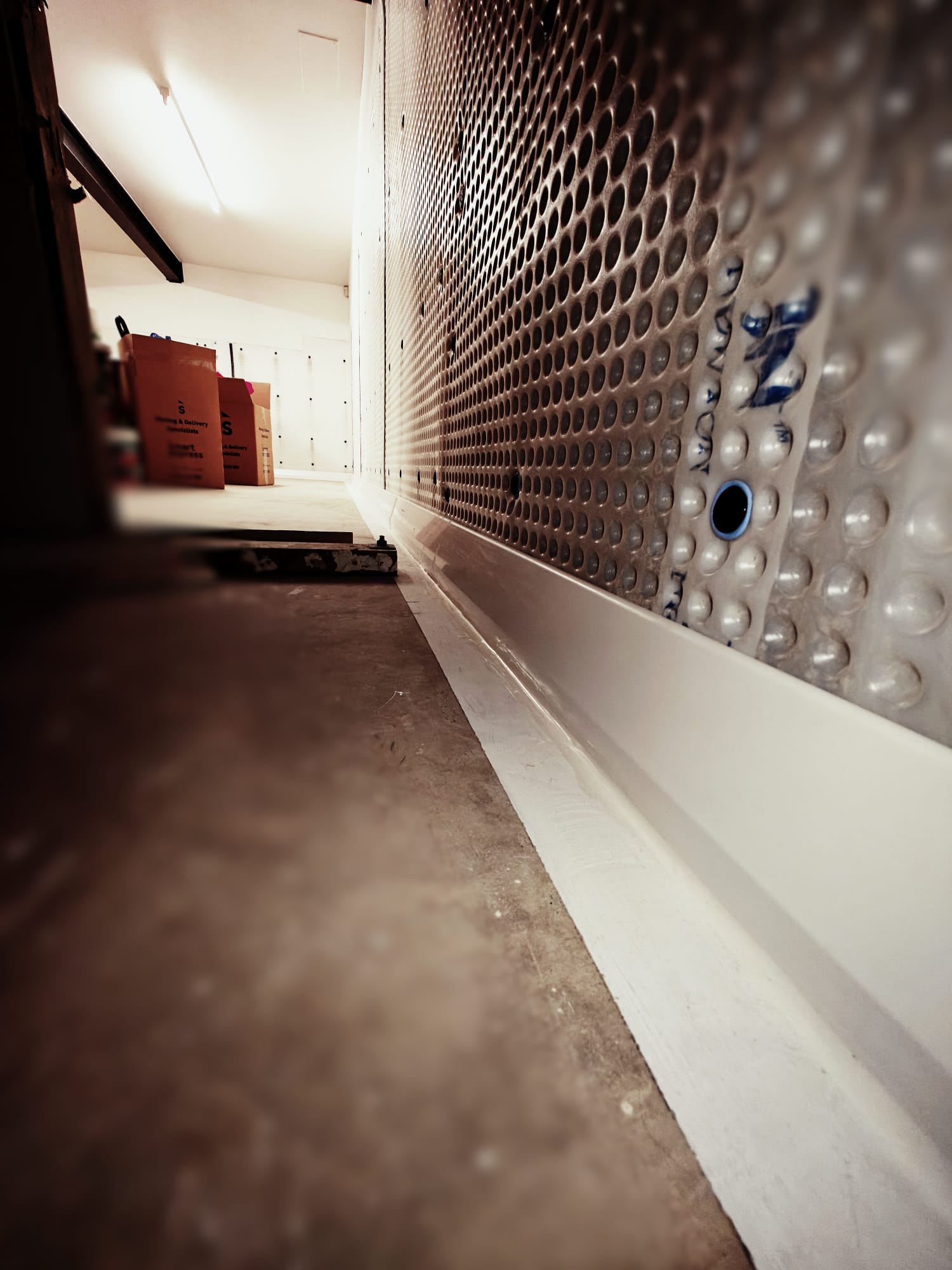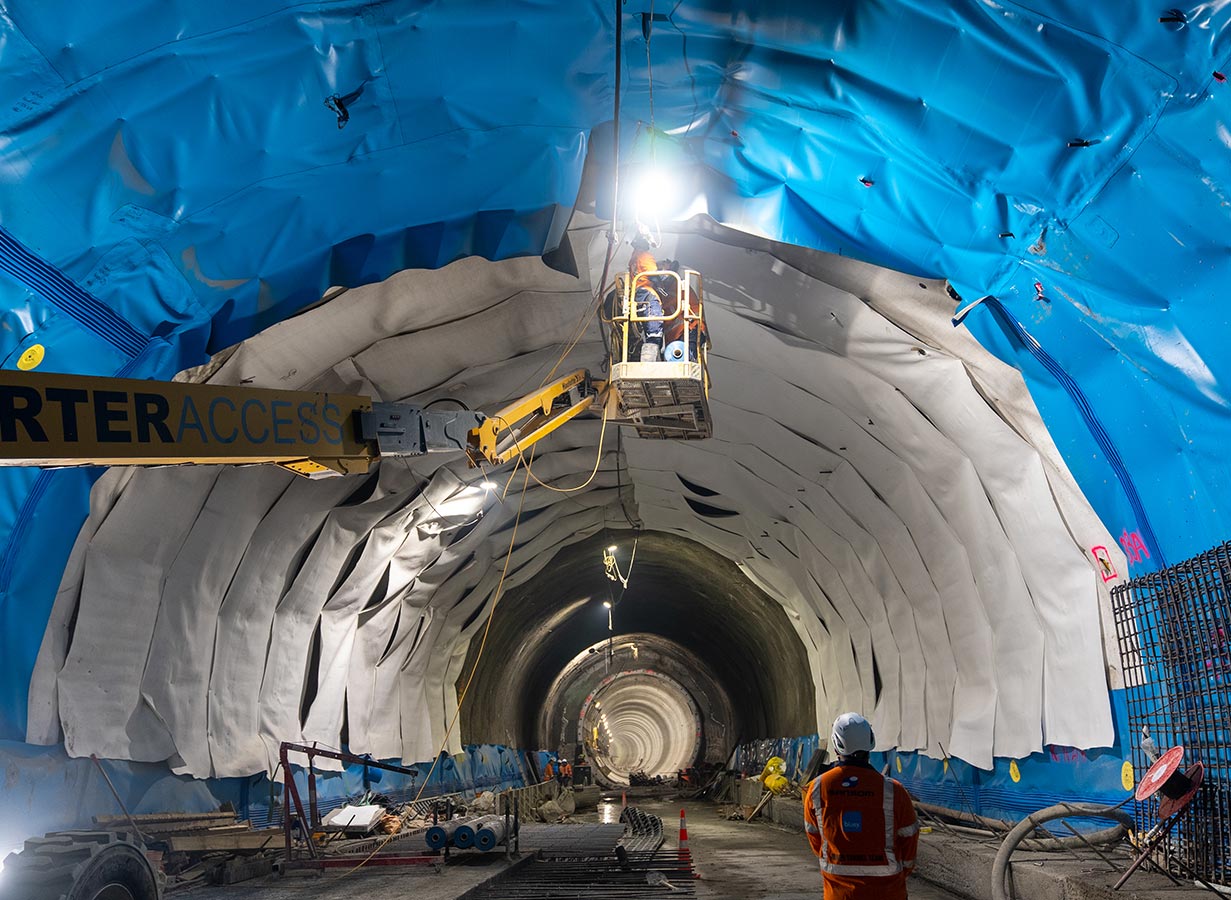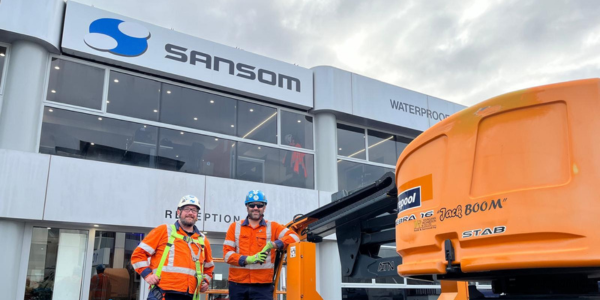We have spoken previously of tanking failure and how to stop it happening, as well as why Type C tanking should be an essential component of any building that has below-ground areas.
We have also explained the different types of tanking systems available: Type A systems rely on a membrane applied to the exterior of a structure to prevent water ingress, while Type B systems are integral to the structure itself (such as specifically designed, waterproof concrete).
Type C systems manage water/ water vapour that has entered the building and then remove it through a controlled internal drainage system. Types A or B are considered essential, with Type C used as a contingency in new builds or a remedial solution for existing buildings.
Your best bet at a waterproofing solution that will last the lifespan of the building is a combination of Type A and Type C. However, two type waterproofing is currently not part of legislation in New Zealand.
Many architects are now acknowledging the importance of including Type C waterproofing in their design and are including this contingency in their resource consent applications. However, we have become aware that Auckland Council have been rejecting these applications, on the grounds that they don’t believe this type of waterproofing fits their guidelines.
What are the guidelines – and why isn’t Type C in there?
The ‘E Moisture’ section of the New Zealand Building Code details regulations on Surface Water (E1), External Moisture (E2), and Internal Moisture (E3) relating to wet areas of a building (kitchens, bathrooms, laundries, etc.). Auckland Council has a practice note on external and internal membranes, but this relates more to deck and roof membranes.
Currently, New Zealand has no formal underground Code of Practice. Our tanking guidelines are not clear on which type of system should be applied to which type of new building.
However, the British code, which we largely follow, was updated at the end of 2022. That code now specifies that any habitable space (defined as completely dry and suitable for any purpose) underground requires two forms of waterproofing (British Standard 8102:2022).
Despite an international move towards incorporating Type C water tanking, New Zealand is lagging behind. As a region that is prone to, and has recently experienced, catastrophic weather events costing billions of dollars’ worth of damage to buildings, Auckland, of all places, should be leading the way in finding a solution that is designed to mitigate damage in future.
Type C should be designed into new buildings.
The problem with not installing Type C tanking in a new build is that it is costly and disruptive to install it later. And failure of Type A and B cannot be 100% repaired – only managed. Type C is the only type of underground waterproofing that is maintainable throughout the lifespan of the building.
It is also unlikely that moisture damage to an underground space would be noticed immediately. There would likely be mould, mildew and rotting timber and GIB board long before someone notices water. By then, the building has damage, and worse, people’s health could be affected if it is a living space.
If we are really looking to prevent problems, rather than patch them up down the line, high risk buildings (those that have underground spaces such as basement offices, or tech storage rooms) should not be able to pass consent without a Type C waterproofing.
A very current example is the effect the construction of the City Rail Link tunnel (CRL) has had on some surrounding buildings’ basements. Due to changes in water table levels caused by the construction, buildings that have never before experienced water ingress, are flooding. And no contingency plan means they have a costly problem that CRL does not take responsibility for.
New Zealand needs to catch up
As leaders in our industry with 48+ years’ experience, we know that the combination of Type A and Type C is your best bet to ensure a fully watertight building. We hope to see New Zealand follow international best practices and make Type C a standard requirement very soon.
It is a step in the right direction that designers are acknowledging Type C’s importance. Now councils and other Building Consent Authorities need to educate themselves on the value of installing Type C tanking systems from the beginning – and the potentially costly risks of not doing so.
As tanking specialists, there isn’t anything we haven’t seen and are therefore well suited to help you select the right tanking system for your building. Sansom are one of the approved installers of the Newton Systems products in New Zealand.
Get in touch to start the conversation.




